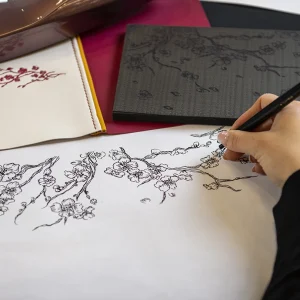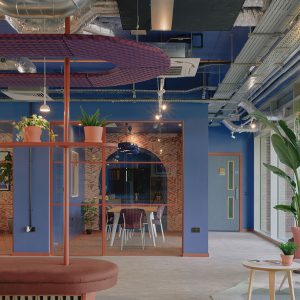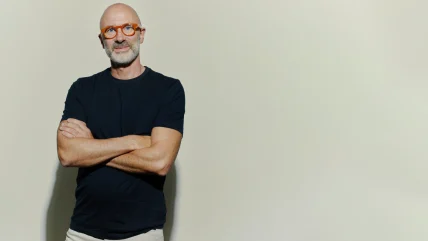
Can you pinpoint the thought, whether yours or someone else’s, that led you to a career in design?
One summer break, aged seven, I accompanied my father, an estimator for a small local building contractor, on a site visit. I was immediately full of ideas about ways the dilapidated building we were visiting could come back to life. Of course, my ideas were superficial given my age, but I still remember the tangible excitement surrounding the concept of reinvention. In that moment my father announced that I would make a good ‘interior and exterior designer’. This caught my imagination, and I have not thought of a better idea since.
In terms of the design and architecture industry, what do you consider the most radical era or pivotal moment?
For me, it’s all about the early pioneers of modernism, whose ideas have never been bettered. The period in the 20th century between the two world wars was remarkable, with the 1920s and 1930s seeing a real re-imagining of the art of the possible, no doubt as a direct consequence of the incredible destruction the world had just witnessed.
Which radical thinkers have been inspirations to you in your career?
My philosophy stems from my art foundation days, when I immersed myself in theories and discourse around the early to mid-century modernists. These were architects and designers inspired to re-invent space and buildings from the inside out. From Walter Gropius’s Bauhaus to Le Corbusier’s La Cité Radieuse in Marseille – the first of his Unité d’Habitation buildings – and Mies van der Rohe’s Barcelona Pavilion, these individuals were the original spatial engineers and pioneers.
Who are the radical thinkers who inspire you now?
(Not necessarily forever or for a lifetime – just now!) I’m currently working on a personal project that has obsessed me for years: devising affordable housing with flexible spaces that can be customised to suit individual circumstances, preferences and lifestyles. My inspiration, however, lies not in the future but in the past – with the designers of traditional Japanese houses, where paper screens open and close to shape spaces, and adaptable furniture allows rooms to transform throughout the day, optimising their use based on light and the needs of the occupier. Radical ideas aren’t always ahead of us, even if their outcomes might be.
Who outside the industry can architects and designers learn from?
I think we can be susceptible in our industry to being inwards-facing and listening too much to each other. I’ve always held the view that if we were more prepared to listen harder to our clients, and really investigate their dreams, ambitions, pain points and fiscal realities – rather than considering them potentially hostile forces, prone to valueengineering our perfect designs – it would lead to better outcomes. Design exists in a commercial framework, where what’s good for people is great for business. The most advantageous end results come from schemes that really do what the client needs, whilst appealing to end-users; yes, pleasing ourselves as designers in the process too, but making sure that clear hierarchy always holds.
What will lead the way for more radical thinking in your/our field?
The answer is always optimism. As designers, we are very much part of and sensitive to the times we live in – the literal meaning of ‘contemporary’. Of course, we all instinctively react to the overarching events and mood of the day. Global events right now are far from optimistic and I think 2025’s Pantone colour, Mocha Mousse, perfectly encapsulates that downbeat energy. Just like those great individual sports players capable of lifting a team’s spirits when the results aren’t going their way, I think we have to go beyond initial reactions and choose optimism. We’re big believers in our studio in the mission to bring joy, especially through the use of colour. No Mocha Mousse for us this – or next – year!
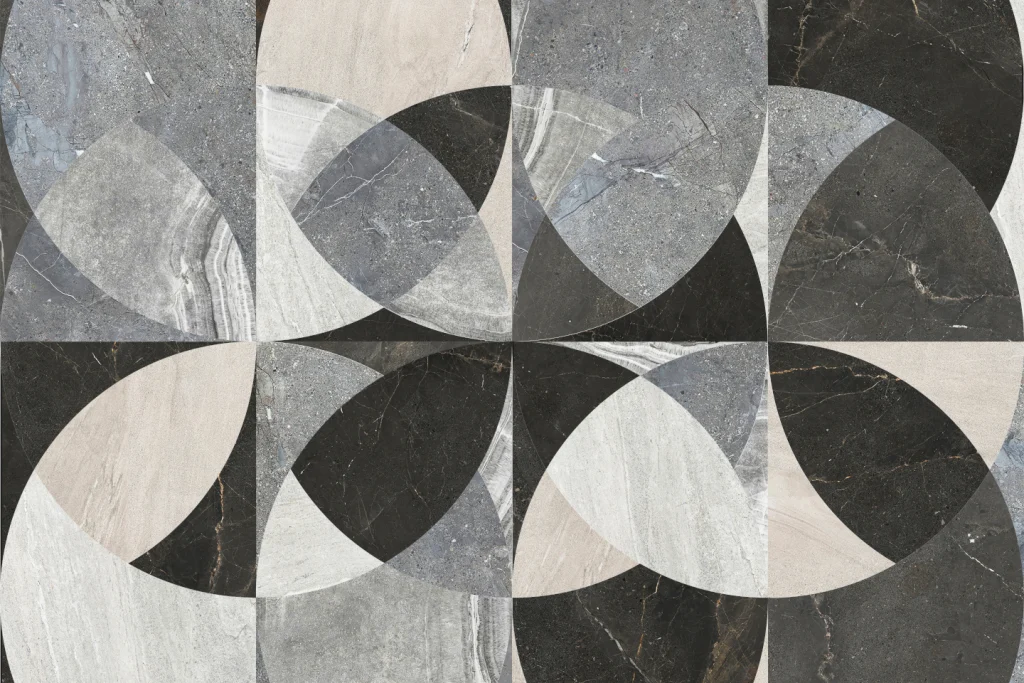
Could you recommend a book/article/blog that inspired your thinking?
Flexible Housing by Jeremy Till and Tatjana Schneider. I read this book on consecutive summer holidays some years back. It helped refine my thinking around understanding different types of space and how we can create better buildings. It’s super complex in places, hence reading it over two years!
Could you name two buildings/pieces of furniture that you consider radical designs of their time, or perhaps still to this day?
Rietveld Schroder House built in 1924 by Dutch architect Gerrit Rietveld. This was one of the first times I really experienced a building designed from the inside out. Its playful use of space and transformation from one mode to another is quite wonderful. It’s the result of how someone wanted to live and what they wanted to do.
The other is the Pompidou Centre by Richard Rogers and Renzo Piano in 1977. This building is pure entertainment and a wonder of invention. Huge volumes are prepared for exhibitions and events, made clear of the services and clutter that so often sadly fill other buildings in such inefficient ways. It’s a wonder sometimes how we end up with any space left for people, but this building resolves this perfectly. Totally unique and a Parisian icon, albeit not very French.
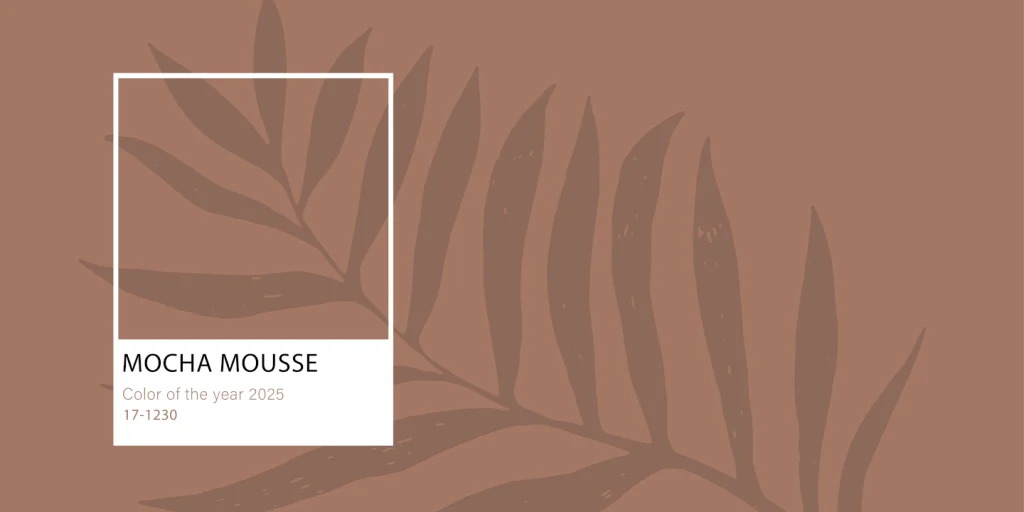
I think best with… (e.g. my hands/a pencil/ with a computer)
A Pentel Sign Pen in red, and paper.
I think best… (e.g. first thing in the morning/ last thing at night)
First thing in the morning. Pre-9:00am. Two teas, three coffees and I’m flying.
I think best when… (e.g. in a gallery/at home/ outside/over drinks/with friends/on the bus)
At home at my desk, or walking the dog. Pacing around the house is also good. I think I might get a rise and fall desk, which would help too.
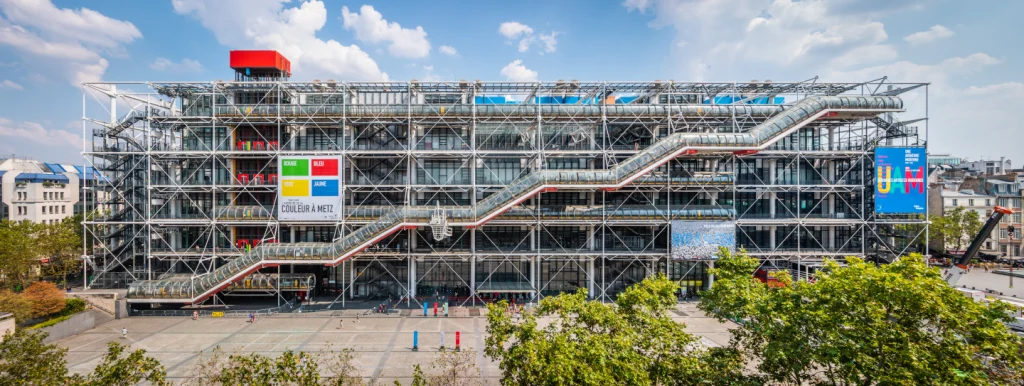
The thought that keeps me up at night is…
Am I good enough? Can I be better? The need to succeed. The fear of failure.
The thought that gets me out of bed each day is…
Seize the day. Let’s go!
Do you like to think with, or think against?
Against. I think that a certain amount of ‘but what about?’ contrarian, early-stage thinking ensures that elements and aspects that might undermine a project’s success are addressed. Of course, this contrarian instinct has to be carefully balanced with the ability to listen to and take on board the thoughts of others. Otherwise, arrogance, ego and disaster would await!
If you weren’t a designer/architect, where do you think your way of thinking would have led you?
I suspect I would be doing something outdoors: a gardener or a landscape designer. Otherwise, a cleaner. I either want to clean the world, or plant it.
Could you describe radical thinking in three words?
Change. Action. Extreme.
What’s the most radical thing you’ve come across today or this week?
Someone who began a conversation this morning with a peal of unexpected laughter. We’re back to optimism again – and just how energising the communication of joy can be to others.



